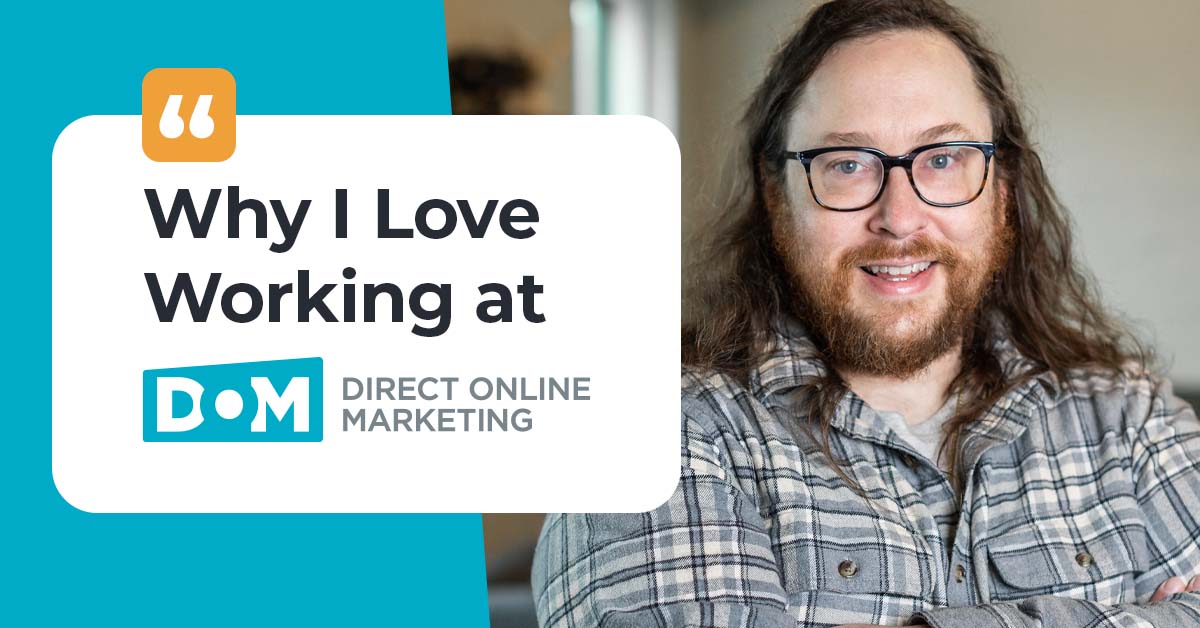
I know that my idea is worth something
One of the hardest aspects of launching a new product is determining price. You don’t want to leave money on the table, but you don’t want to inhibit adoption. You have to prove that your product/service is worth something. You have to cover your cost of goods sold or your cost of service delivery. On top of it all, you are bombarded with the notion, sometimes correct, sometimes not, that low price equates to low value. But wait, there’s more – ultimately, your customer acquisition costs have to make economic sense when integrated into a lifetime value of a customer calculation.
Spin the wheel, flip a coin? Good luck with that. While precisely determining price generally takes time and requires a bit of historical data, you can frame your thinking along a three simple vectors from the get-go, and then start testing with potential customers. This is not yet another article about customer discovery; but rather, a way to start thinking about how to best begin zeroing in on a pricing strategy that you can test during your customer discovery and pilot / beta test discussions with customers. And remember, not discussing price during your customer discovery is called, ‘buying coffee for people because they’ll talk to you in exchange for free coffee.’
Framing your thinking on pricing
The ROI for most B2B products can be distilled down to two basic propositions, with a third that is a combination of the two:
- My product / service will save you money
- My product / service will enable you to generate more revenue
- My product / service will enable you to generate more revenue and save you money
You can complicate this simple notion to the nth degree with assumptions and presumptions. But, if you can convince someone that you can help them to save money or make money, then you have a shot. And the simpler that justification is to a potential customer, the higher the probability that you will be able to sell your new product or service within a range of potential prices that will make sense to you and your customer.
Working backwards from your ROI, commonly referred to as your value proposition, can provide more than the basic rationale for pricing. It also informs your product position, marketing messaging and your sales process. Below is a simple construct, but hopefully an illustrative one, that will help you think about how you price out of the gate, and the implications of that decision:
| PRICING STRATEGY | POSITIONING | PRICING STRATEGY | WHO TO SELL TO |
|---|---|---|---|
| My product / service will save you money | Position against existing solutions; Many times will automate existing processes; May represent a new way of ‘doing business’ | Substitute pricing – for example, if your product replaces paper you would consider pricing at something less than what an office spends on paper | People charged with controlling costs – financial and operations people |
| My product/service will enable you to generate more revenue | Position as the ‘next big thing’ or leading edge technology or enabling the customer to do something that they’ve never done before | Value pricing – for example, if your product will increase revenue by x% then price your product something less than x | People charged with growing the top line – CEO, business development and sales people |
| My product / service will enable you to generate more revenue and save you money | Transformative way to acquire and monetize customers; Leapfrog competition; Next generation | Disruptive pricing – this provides a unique opportunity to ‘blow up’ traditional pricing/pricing models and lends itself to stratified pricing to drive adoption (inexpensive entry pricing) and enable up- and cross-sell (value pricing) | Everyone (anyone), stressing the relevant benefits to them and requesting internal references to those who will resonate with the other ‘half’ of your value proposition |
This may sound a little counterintuitive, but when you’re trying to determine the price that will provide entry into your chosen customer sets, forget about the internal implications of any price. Focus on teasing out what customers in a market will, or even might pay, and construct a profitable business model that reflects the realities of your targeted market segments, as you develop, launch and grow your new product and your business.
C-leveled combines business acumen and marketing insights with the creative and technological capabilities to transform our clients’ businesses. With our end-to-end capabilities, you can bring us your biggest challenges, knowing we’ve got what it takes to bring your business vision to life.


